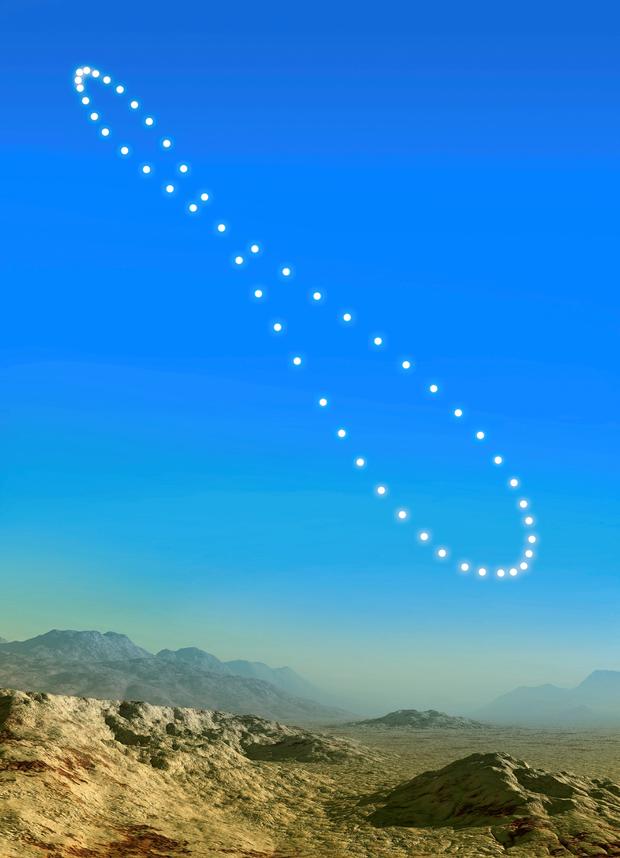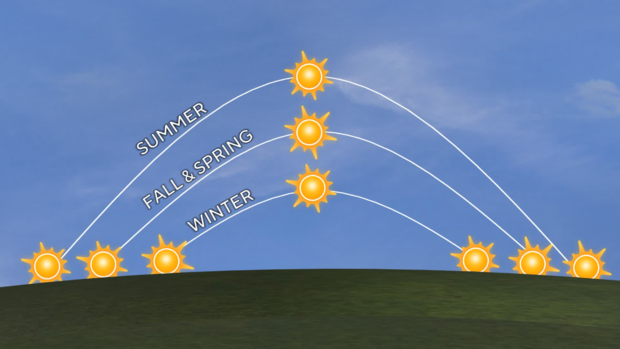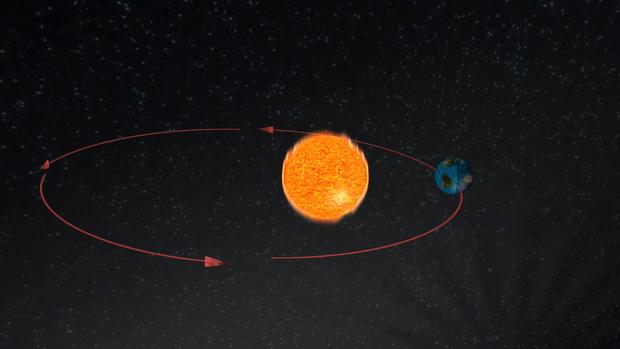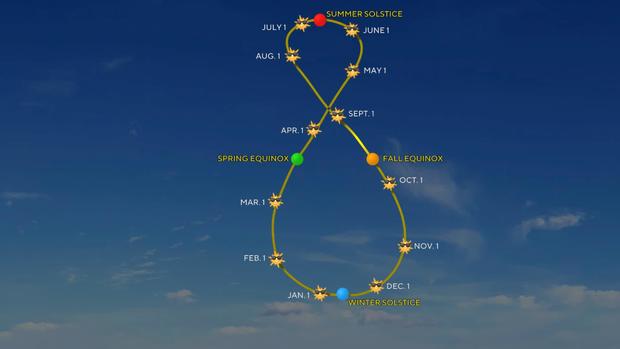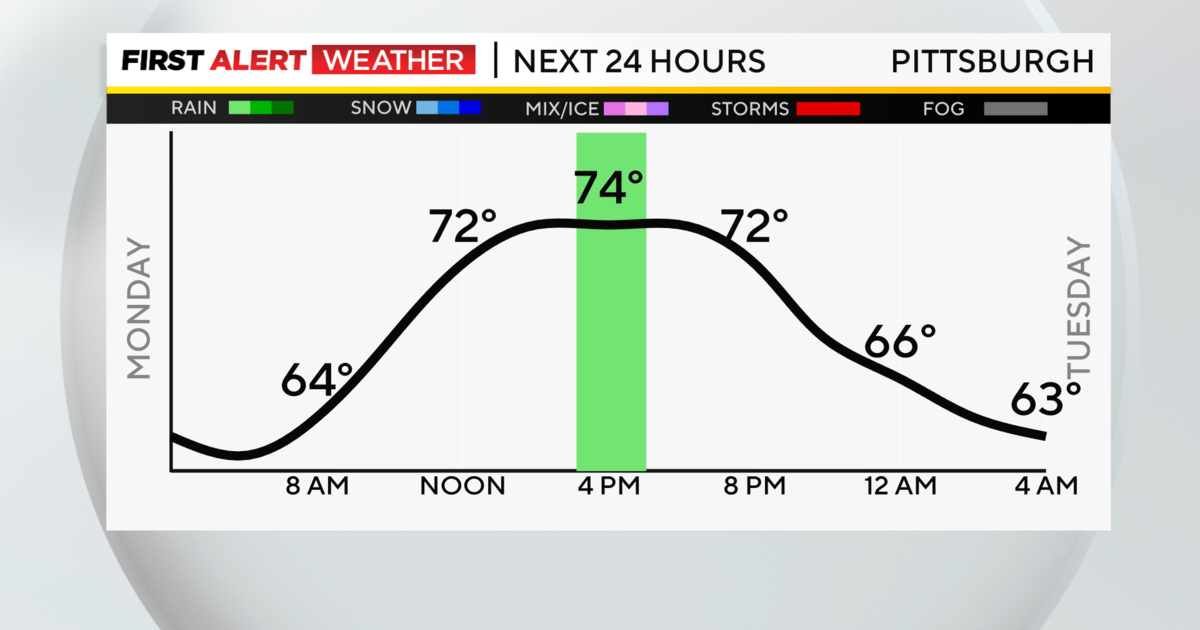Hey Ray: Analemmas
PITTSBURGH (KDKA) - The Sun's movement in the sky is quite interesting!
You probably already know this, but part of that motion is that the Sun rises in the east and sets in the west. The Sun's position in the sky, though, is much more complicated and interesting than that.
If you take a picture of the sun, from the same spot at the same time every day, a very distinct path shows up in the sky.
A figure eight-like path.
This is called a "Solar Analemma."
One of the things that determines the shape of this Analemma is Earth's 23.5° tilt.
This tilt results in Earth tipping toward or away from The Sun during its orbit around The Sun. This tilt means that the noonday Sun is highest in the sky at the summer solstice, lowest in the sky during the winter solstice, and in between during the equinoxes.
The tilt explains only half of this.
The reason that a figure eight appears in The Sun's position is also due to Earth's orbit around the Sun. Interestingly, that orbit is not circular!
The path Earth takes around the Sun during the year is elliptical. That means at times Earth is closer to the Sun than others.
Earth and the Sun are closest together in the winter and at their greatest distance apart in the summer. This combination of Earth's tilt and elliptical orbit creates that figure eight path when you take a photo at the same time every day.
There are things you can see from this path, too.
At their farthest points, that is where you find the summer and winter solstices. You can also see that the equinoxes do not line up with each other. This is largely because the timing of the Earth and Sun's closest points is almost two weeks after the summer and winter solstices.
The large difference between the summer side of the analemma and winter side probably jumps out at you, too. According to the North American Sundial Society ( https://sundials.org/index.php/features/173-sundials-of-downton-abbey ) , when Earth and the Sun are at their closest points, the Sun appears to move faster in its orbital arc.
This causes the Sun to take longer to move from solar noon to solar noon, creating a swing of 7 minutes, plus or minus, through the year.
That means the solar noon speeds up in the winter and slows down during summer. This makes the figure eight asymmetrical.
Some globes used to have these analemmas printed on the side of them, back in the day.
(For the younger kids, globes were how we made models of Earth before Google Maps!)
